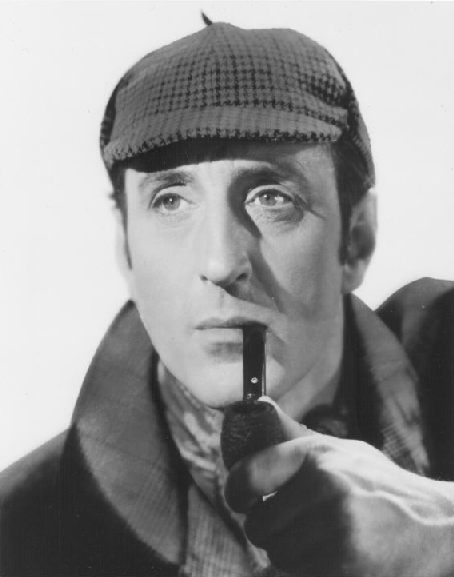Noticing What You See
A year ago, I grabbed by Exact-o knife and cut out a paragraph from the New York Times' Sunday "Diagnosis" column and taped it into the front of my Moleskine notebooks. This regular feature in the Sunday paper is about medical diagnosis, but also about paying attention, piecing together clues, and solving mysteries.
The writer of the May 10 article, Dr. Lisa Sanders, tells of the attempts of dozens of medical specialists to diagnose the a 51-year-old patient who complained for 15 years of a confounding set of health problems: sleeplessness, high blood pressure, constant hunger, high cholesterol, allergies, weak bones, acne, teeth that went askew. The patient exercised regularly, ate a healthful diet, and took medicines to control his allergies, blood pressure, acne, and to help his weak bones. He even got fitted for braces to repair his bite. Still, he wasn't able to sleep more than 90 minutes at time. His long-time primary care doctor referred him to a sleep specialist.
During the patient's first meeting, the specialist didn't take notes or focus on the patient's chart. "He simply asked questions, listened to the patient, and observed." He was struck by the patient's unusually large face, hands, and feet and the broadness of his lower jaw and chin. He suspected acromegaly, a chronic metabolic disorder caused by a tumor on the pituitary gland (which regulates growth hormones). Acromegaly also causes swelling of bones and the soft tissue--in this case, around the nose and mouth. The patient's primary care doctor didn't buy it at first, but slowly came around after she reviewed all the patient's symptoms. The patient had surgery which instantly resulted in easier breathing, lowered blood pressure, end of sleep apnea, and a drop in the production of growth hormones, which were were responsible for an overproduction of insulin, acne, a short-circuited REM sleep. His face, hands, and feet shrank significantly.
Why am I writing about acromegaly? Because I love the New York Times. Because one minute you're reading about a guy with oversized hands and the next minute you discover that Lisa Sanders is an Arthur Conan Doyle fan and has this to say about the patient's primary care doctor...and you, the reader:
"The diagnosis was staring her in the face for years, but she did not see it. Psychologists call this inattention blindness -- instances when we don't see something because it's not what we are expecting to see; it's not what we are looking for. Sherlock Holmes had a somewhat different description. 'I have trained myself to notice what I see,' Holmes says."And because I am trying to do the same with clouds. It's harder than you might think.
